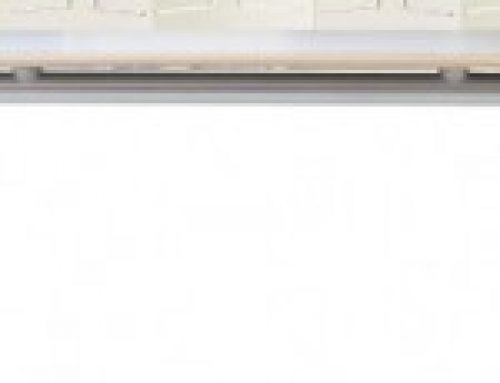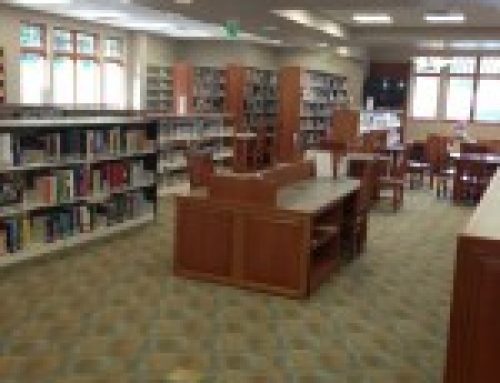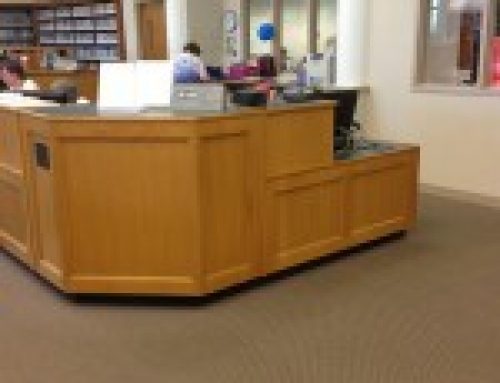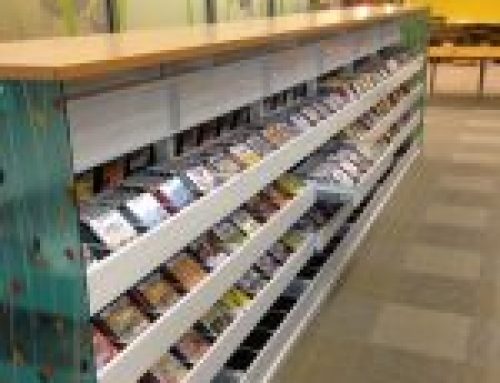The most frequent type of library we see undergoing this transformation is in the K-12 market. Schools districts are not financially able to build new schools. In order to accommodate the changes and needs of their libraries; as education and curriculums change, the libraries must adapt to support our educators. J. P. Jay Associates recognizes this as an opportunity for using its expertise in space planning and knowledge of libraries, to assist school districts in making the necessary changes.
How are we doing this? The 3 ways to accommodate necessary library changes – out with the old, in with the new!
- Educating the K-12 market on the importance of changing from antiquated designs of furnishings. First, it is imperative that today’s library change from wood shelving to state of the art single slot brace steel shelving, like the MJ Industries System 30 cantilever library shelving. Single slot steel book stack is 25-50 percent cheaper than wood, but it can also be put on casters at 66 inches high. This is crucial, as many of our academic libraries are reducing the size of their collections. Therefore shelving heights are coming down from 90 inches to typically 66 or less. However, having it on casters makes this once permanent fixture just another piece of reconfigurable furniture. In addition, steel book stack affords hundreds of different types of shelves to holds the various shaped items in today’s collections.
- Focusing on a concept we call C.A.G.E (Compact Area Group study Environments). Our goal is to allow group study space the largest amount of students utilizing the smallest square footage of space. We achieve this by blending furniture designs that once were distinct, into new and progressive layouts. For example, we use a pedestal table and surround it with 4 banquettes. On the back of each banquette is a counter with stools for more students. This is one style of C.A.G.E we designed in conjunction with Mediatechnologies. Therefore, in a space of 9’ x 9’, we can accommodate up to 16 students. To put 16 students around a traditional library table you would have needed a table 20’x4’ wide, plus the extra chair space; approximately 120 square feet. Using a C. A. G. E. approach takes much less space! Thus also eliminating a screaming match up and down the table. The C. A. G. E. principle creates a much more comfortable working environment. This is just an example of the out of the box design/thinking that J. P. Jay is bringing to the K-12 market.
- Muzo-Works Kite table is another favorite alternative; an outstanding addition to the reconfigurable work environments, of today’s K-12 library. This manufacturer has really taken into account the needs of group collaboration and created a library quality folding table design; it is as structurally sound as any we have encountered.
The invention of the smartphone/ tablet has revolutionized how library space was used in the past and how it needs to be used today. J. P. Jay has made it our responsibility to help libraries furnish their spaces in ways that meet this ever changing enterprise needs. For more information, or free assessment of your space, please feel free to contact us! (610) 435-9666








Leave A Comment